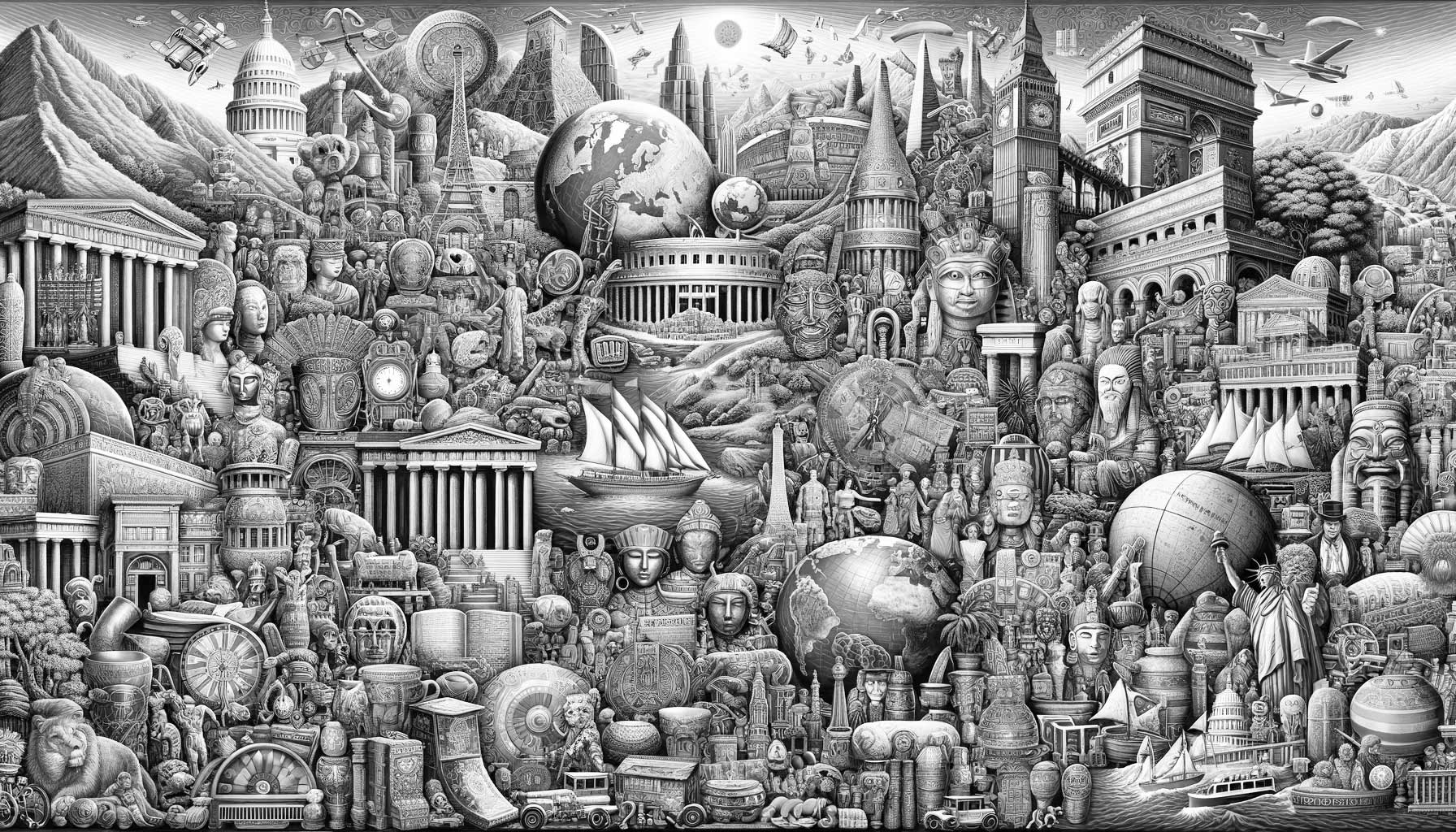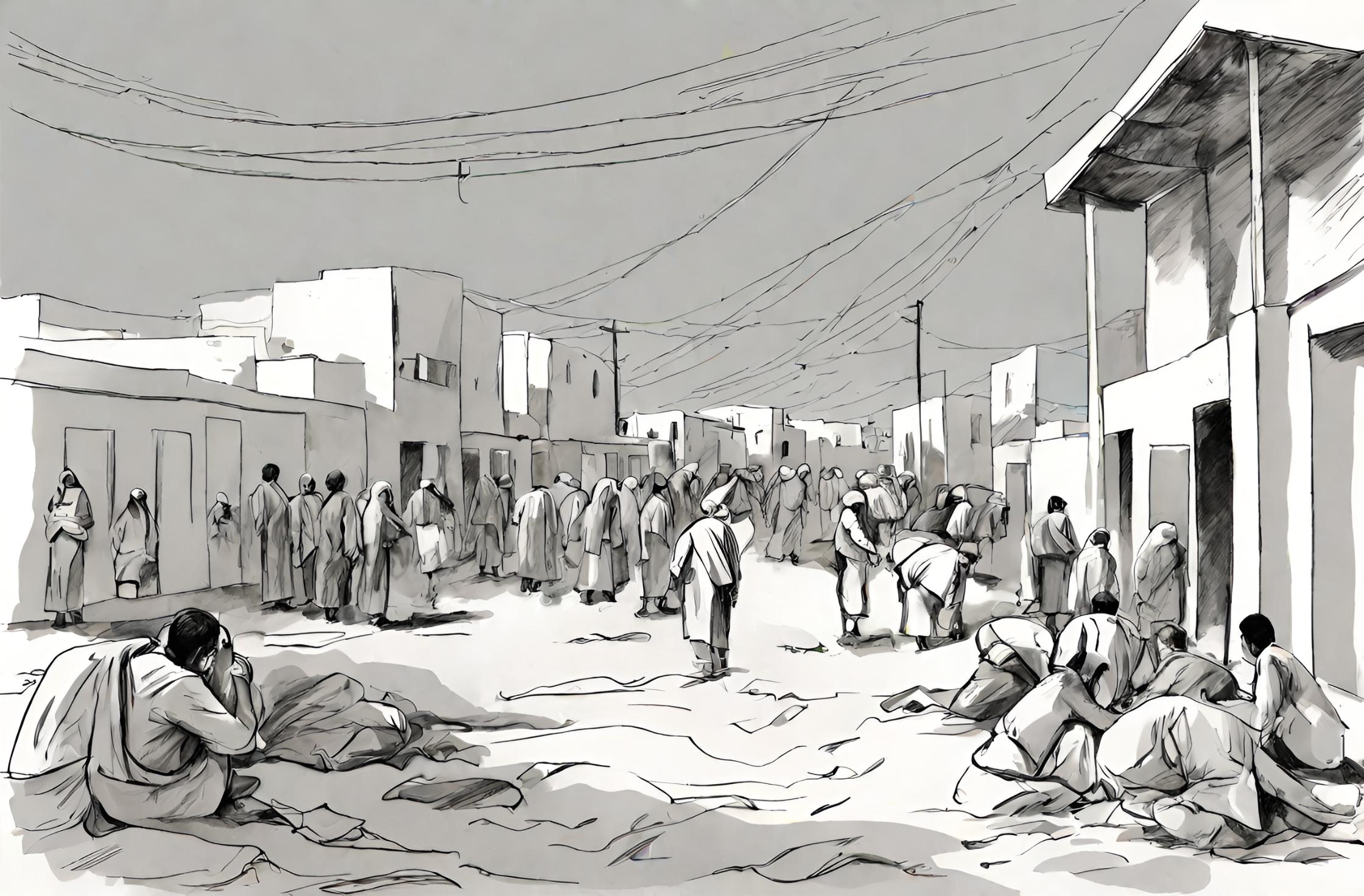Flashback to August 25
World History

The Kuomintang, China’s Nationalist party, is a major touchstone in the Asian country’s socio-political history. Established on August 25, 1912, the Kuomintang, often abbreviated as KMT, was integral to the defining moments of the 20th Century China. To fully appreciate its impact, one must delve into the history, leadership, and political influence of the Kuomintang.
The birth of the Kuomintang was rooted in nationalism, progressivism, and the desire for a modern republic. Taiwan, often associated with the KMT, only became a key chapter in the party’s narrative much later. Originally, the Kuomintang was founded in the Chinese mainland with the primary goal of nation-building and modernization. The entity that carries the prestige of being the first political party in the Republic of China has its origin deeply rooted in the Chinese Revolution of 1911. This landmark event resulted in the Manchu dynasty’s overthrow, fostering an environment ripe for the Kuomintang’s inception on August 25, 1912.
The Kuomintang’s early leadership was marked by notable figures such as Song Jiaoren and Sun Yat-sen. Song, a political revolutionary, played a crucial role in negotiating the political landscape and building KMT’s power base. However, his assassination in 1913 sparked widespread indignation, propelling the Kuomintang to national importance. Sun Yat-sen, termed “the Father of the Nation,” brought discipline and ideological clarity to the party, establishing the Three Principles of the People: nationalism, democracy, and people’s welfare, as the party’s core tenets.
However, the Kuomintang’s real rise to power came under Chiang Kai-shek. Ascending the helm after Sun Yat-sen’s death in 1925, Chiang propelled the KMT into a major political force, leading the Northern Expedition to unify China. Despite periods of power shifts and alliances, including an uneasy alliance with the Chinese Communist Party (CCP) during the Second Sino-Japanese War, the KMT largely dominated the Chinese political sphere until 1949.
Arguably, the most defining phase of the Kuomintang was its bitter civil war with the CCP. Post World War II, ideological differences triggered a full-scale civil war between the Nationalists and Communists, culminating in the KMT’s retreat to Taiwan in 1949, as Mao Zedong’s Communists established the People’s Republic of China on the mainland. This marked the transition of the Kuomintang from a mainland political powerhouse to a key player in Taiwan’s political landscape.
KMT’s journey in Taiwan has been equally remarkable. Since their retreat to the island, the Kuomintang did not just survive but thrived. For four decades, the KMT ruled Taiwan with an iron fist under the pretext of martial law until it was lifted in 1987. Over time, the KMT evolved into a more democratic entity, with its politicians serving several terms as Taiwan’s presidents.
Today, the Kuomintang carries an enduring legacy. While it has navigated periods of political fluctuation, its impact on Chinese and Taiwanese history is undeniable. Critics may argue about its policies, but not its historical relevance. From its inception on August 25, 1912, the Kuomintang has been a core part of China’s journey from a struggling nation in the early 20th century to a key player in global politics. Therefore, understanding the Kuomintang’s formation, struggles, and transformation is crucial for understanding the modern political landscape of Greater China.
We strive for accuracy. If you see something that doesn't look right, click here to contact us!
Sponsored Content

Afghanistan bomb kills 43…
The tragic bombing event…

The Kuomintang, the Chinese…
"Marking a pivotal moment…

In London, an Agreement…
"On August 25, 1939,…

Belarus declares independence from…
On August 25, 1991,…

United Nations security council…
On August 25, 1990,…

German commander of Paris,…
On August 25, 1944,…

